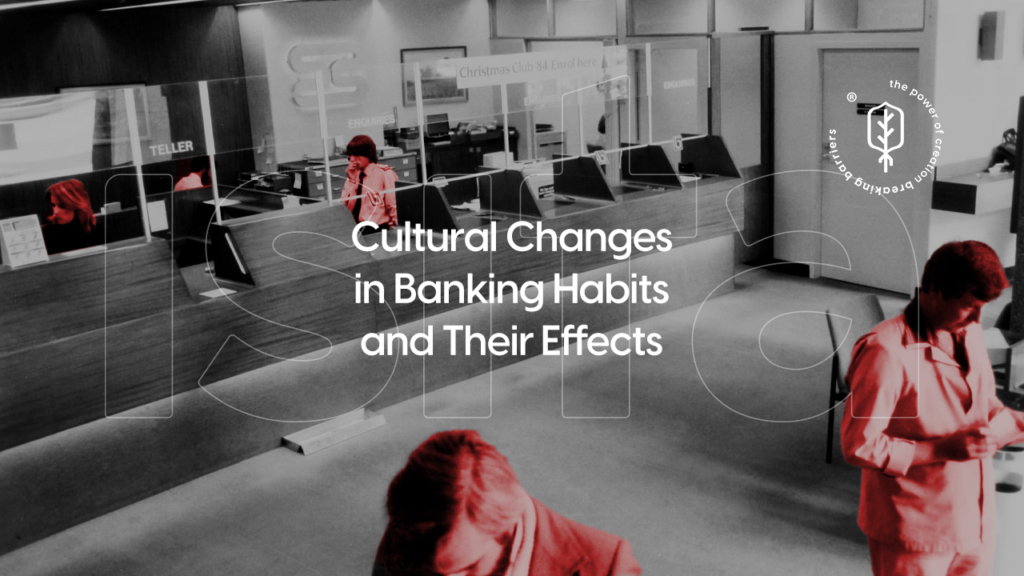Scaling your IT workforce is essential for businesses experiencing rapid growth or fluctuating workloads. It involves strategically adjusting your team size and capabilities to align with evolving business demands. A well-scaled IT team ensures optimal performance, productivity, and innovation while maintaining cost-efficiency.
Strategies for Scaling IT Teams Efficiently
1. Robust Hiring Processes
Efficiently scaling your IT team starts with a robust hiring process. Implementing streamlined recruitment strategies ensures you attract top IT talent rapidly. Utilize advanced tools and platforms to automate tasks like applicant tracking and screening, allowing recruiters to focus on candidate quality. Consider employer branding initiatives to enhance your company’s appeal to potential candidates.
2. Comprehensive Training Programs
Investing in comprehensive training programs is crucial for equipping new hires with the necessary skills to contribute effectively from day one. Develop tailored training curriculums that align with specific roles and responsibilities. Incorporate both technical and soft skills training to foster well-rounded employees. Implement mentorship programs to pair new hires with experienced team members for knowledge transfer and guidance.
3. Flexible Work Arrangements
Offering flexible work arrangements can significantly impact your ability to scale the IT team. Remote work options can expand your talent pool beyond geographical limitations. Consider hybrid work models that combine in-office and remote work to accommodate diverse employee preferences. Flexible schedules can improve work-life balance and attract top talent, especially among parents and individuals with caregiving responsibilities.
4. Leverage Freelancing and Contractors
Freelancing and contracting provide a flexible approach to scaling your IT team. Engage freelancers or contractors for specialized projects or during peak workloads. This strategy allows you to access specialized expertise without the commitment of full-time employment. Carefully manage contracts and communication to ensure seamless integration with your existing team.
Technologies Supporting Workforce Scalability
Workforce Management Systems
Workforce management systems are essential tools for optimizing workforce planning, scheduling, and performance management. These systems provide real-time visibility into workforce availability, enabling efficient allocation of resources based on fluctuating workloads. Advanced workforce management systems incorporate predictive analytics to forecast staffing needs and optimize shift scheduling. By automating routine tasks like time and attendance tracking, these systems free up HR and management teams to focus on strategic initiatives.
Cloud-Based Solutions
Cloud-based solutions offer unparalleled flexibility and scalability for IT teams. By leveraging cloud infrastructure, organizations can rapidly expand or contract their IT resources to meet changing demands. Cloud-based collaboration tools enable seamless communication and teamwork among distributed teams. Additionally, cloud-based platforms provide access to a vast array of software applications and services on a pay-as-you-go basis, eliminating the need for significant upfront investments in hardware and software.
Automation
Automation is a cornerstone of IT workforce scalability. By automating repetitive and time-consuming tasks, IT teams can significantly increase efficiency and productivity. Robotic process automation (RPA) can handle routine IT operations, such as data entry, report generation, and software deployment. Artificial intelligence (AI) and machine learning can be used to automate complex tasks like incident response and IT service management. Automation not only frees up IT staff for higher-value activities but also reduces the risk of human error.
Talent Acquisition
Securing qualified IT talent is a persistent challenge for organizations of all sizes. The competitive landscape for skilled IT professionals is fierce, requiring proactive recruitment strategies. Employer branding becomes paramount in attracting top candidates. This involves showcasing your company’s culture, values, and career growth opportunities. Leveraging professional networks, online job boards, and social media platforms are essential for reaching a wider pool of potential candidates.
Skill Gaps
Even with qualified hires, skill gaps can arise due to the rapid evolution of technology. Identifying and addressing these gaps is crucial for maintaining team effectiveness. Implementing comprehensive skills assessments during the hiring process can help pinpoint areas for development. Targeted training programs, both internal and external, should be offered to upskill employees and keep them aligned with industry trends.
Culture Integration
Onboarding new employees seamlessly into the company culture is vital for retention and productivity. A well-structured onboarding process that introduces new hires to company values, expectations, and team dynamics is essential. Mentorship programs can facilitate cultural integration by pairing new employees with experienced team members. Fostering a welcoming and inclusive environment where new employees feel valued and supported is crucial for long-term success.
Cost Management
Balancing the need for additional staff with budgetary constraints is a delicate act. Effective cost management requires careful planning and analysis. Outsourcing specific tasks or functions can be a cost-effective strategy, especially for specialized skills or during peak workloads. Leveraging technology to automate routine tasks can also contribute to cost savings. Regular performance reviews and workforce optimization initiatives help ensure that resources are allocated efficiently.
Conclusion: Key Takeaways for Achieving Seamless IT Workforce Expansion
Scaling your IT workforce successfully requires a strategic approach, efficient processes, and the right tools. By focusing on robust hiring, comprehensive training, and leveraging technology, you can build a scalable IT team that supports your business growth while minimizing challenges. Remember to prioritize talent acquisition, skill development, culture integration, and cost management for long-term success.
Ready to embark on your IT workforce scaling journey? Share your specific challenges in the comments below, and let’s explore tailored solutions together.



